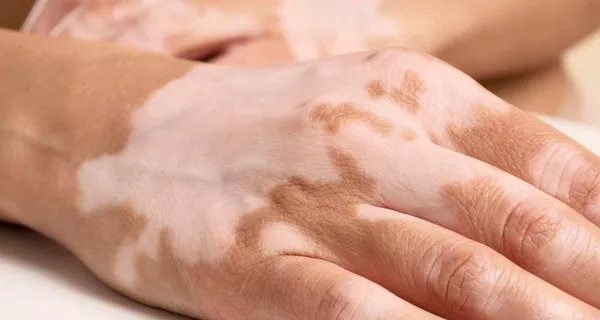Vitiligo is a chronic skin disorder characterized by the loss of pigment in patches of the skin, resulting in white or depigmented areas. This condition can affect people of all ages, genders, and ethnicities, and its exact cause remains unclear. Vitiligo can have significant psychosocial impacts on individuals, affecting their self-esteem and quality of life. In this article, we will delve into the various aspects of vitiligo, including its causes, symptoms, diagnosis, treatment options, and ongoing research efforts.
What Causes Vitiligo?
The precise cause of vitiligo is not fully understood, but it is believed to involve a combination of genetic, autoimmune, and environmental factors. Research suggests that vitiligo may be an autoimmune disorder, in which the body’s immune system mistakenly attacks and destroys the melanocytes, the cells responsible for producing pigment in the skin. Genetic factors may also play a role, as individuals with a family history of vitiligo are at a higher risk of developing the condition. Furthermore, certain environmental triggers, such as stress, sunburn, or exposure to certain chemicals, may exacerbate or trigger the onset of vitiligo in susceptible individuals.
Symptoms of Vitiligo
The primary symptom of vitiligo is the presence of depigmented patches on the skin, which may vary in size and location. These patches often appear symmetrically on both sides of the body and can occur anywhere, but commonly affect areas exposed to the sun, such as the face, hands, arms, feet, and genitalia. In addition to skin discoloration, some individuals with vitiligo may experience premature graying or loss of color in the hair, eyebrows, eyelashes, and even in the mucous membranes of the mouth and nose.
Diagnosis of Vitiligo
Diagnosing vitiligo typically involves a thorough examination of the affected skin by a dermatologist or other healthcare professional. The doctor will assess the size, location, and distribution of depigmented patches and may also inquire about the patient’s medical history and family history of skin disorders. In some cases, a skin biopsy may be performed to confirm the diagnosis and rule out other skin conditions with similar symptoms.
Treatment Options for Vitiligo
While there is currently no cure for vitiligo, several treatment options are available to help manage the condition and improve the appearance of the skin. These may include:
1. Topical Corticosteroids: These medications are often prescribed to reduce inflammation and repigment the affected areas of the skin. They are typically applied directly to the depigmented patches and may take several months to produce noticeable results.
2. Phototherapy: Phototherapy involves exposing the skin to ultraviolet (UV) light to stimulate melanocyte activity and encourage repigmentation. This can be done using narrowband UVB therapy, psoralen plus ultraviolet A (PUVA) therapy, or excimer laser treatments.
3. Topical Calcineurin Inhibitors: These medications work by suppressing the immune system’s response and may be used as an alternative to corticosteroids, particularly in sensitive areas such as the face and genitals.
4. Depigmentation: In cases where vitiligo affects a large portion of the body, depigmentation therapy may be an option. This involves using topical medications to bleach the remaining pigmented skin, creating a more uniform appearance.
5. Surgical Interventions: Surgical procedures such as skin grafting, micropigmentation, and melanocyte transplantation may be considered for individuals with stable vitiligo who have not responded to other treatments.
Psychosocial Impacts of Vitiligo
Living with vitiligo can have significant psychosocial impacts on individuals, affecting their self-esteem, body image, and overall quality of life. The visible nature of the condition may lead to feelings of self-consciousness, social stigma, and even depression or anxiety in some cases. It is essential for individuals with vitiligo to seek support from healthcare professionals, support groups, and loved ones to cope with the emotional challenges associated with the condition.
Current Research and Future Directions
Research into vitiligo is ongoing, with scientists exploring various avenues to better understand the underlying mechanisms of the disease and develop more effective treatment options. This includes investigating the role of genetics, autoimmune factors, and environmental triggers in the development of vitiligo, as well as exploring novel therapeutic approaches such as stem cell therapy, immune-modulating medications, and targeted immunotherapies. Collaborative efforts between researchers, clinicians, and advocacy organizations are essential to advancing our knowledge of vitiligo and improving outcomes for individuals affected by this condition.
Conclusion
Vitiligo is a complex and challenging skin disorder that can have significant physical and emotional impacts on affected individuals. While there is currently no cure for vitiligo, various treatment options are available to help manage the condition and improve the appearance of the skin. It is essential for individuals with vitiligo to work closely with healthcare professionals to develop a personalized treatment plan that addresses their unique needs and concerns. Through ongoing research and support, we can continue to make progress in understanding and effectively managing vitiligo.
























